by LAUREN CODLING
IT’S LEGIT – Instagram is taking over the world. The photo-sharing app has become one of the most popular social media platforms with around 500 million users accessing it on a daily basis. And within the Instagram world, a new breed of user has been born – the influencer.
From makeup tutorials to straight-up life advice, influencers speak to thousands of users everyday in their field of expertise. They can rack up thousands of views from a single video post, speak to audiences who they may not have reached otherwise and can even make a full-time business out of it.
Eastern Eye caught up with some of the UK’s most popular British Asian influencers to find out more...
Sana Sodawala aka Sugarbase
152k followers (@Sugarbase)
Need the recipe for a perfectly delicious Instagram account? Look no further than Sugarbase - the immensely popular food blog by cake designer Sana Sodawala. The baker, based in north Manchester, has thousands of fans flocking to her page on the regular for updates on her latest creative cookery ventures. Sodawala treats her followers to daily doses of quirkily designed sugar cookies, unicorn-themed cupcakes, delicious buttercream recipes – and plenty of helpful tips for all aspiring foodies.
Sodawala’s path into the influencer world began unexpectedly. At first, the 24-year-old only decided to share images of her cake creations for her friends and family to see on social media. It was only when she started gaining traction on her posts that she realised that her passion for baking could rise to the next level.
“When I hit 1,000 followers, that was huge for me,” she recalled. “But then suddenly I was at 10,000 and it grew really quickly from there.”
Initially, baking was a form of stress relief for Sodawala when she was at college. She had always been artistic, but the hobby really took hold after she took a patisserie course.
“The course was more about making scones and bread, while I preferred the decoration part of it, so I started to practise at home,” she explained. “I already liked baking, but once I started learning on my own, I realised that I really enjoyed it and carried it on.”
Sodawala took a gap year before university and soon after, Sugarbase was born in 2015. Her family were supportive of her decision – incidentally, it was her uncle who came up with the name of the account.
Now, four years later, her business has well and truly taken off – with more than 150,000 followers, Sodawala’s designs are in high demand. She began offering Sugarbase cake decorating classes for followers – something that she is particularly keen to focus on more within the next few years.
However, Sodawala does admit that her love for baking has changed since she first found an interest in it.
“It definitely isn’t a stress relief anymore,” she laughed. “It’s stressful now more than anything, because it is a job. But I still really enjoy it – the baking side of it can be quite tiring, but I love the creative side of things. The decorating process is my favourite part.”
Every aspect of the account is managed by Sodawala. From baking to editing her posts, she is hands-on with everything. “Although sometimes my mum helps me wash up,” she laughed.
Due to her hectic lifestyle, it is vital that Sodawala takes time out for herself too – the high volume of requests that she has means that she sometimes works from morning until late at night. When she first started the account, she struggled to juggle her social life with her business. Now, she tries to ensure that she has free time when she needs it. Recently, Sodawala went on a week-long holiday but admitted that she had to reassure herself that she was allowed to take a break from Instagram.
“You have to tell yourself that it is okay to not post,” she said. “If you stop posting, your engagement drops. The minute you come back from a break, you have to work really hard to get your engagement back up – but you really do need to tell yourself that you need a break. Sometimes, you can feel guilty or feel that you have to share everything on Instagram, but you don’t. It’s so important to take time for yourself and take a break.”
Although it can be tiring, Sodawala stressed that the response from followers makes the hard work worth it.
“The best thing about it is helping people and making people smile,” Sodawala said. “I don’t think people would think that baking makes people happy, but it does – I have people messaging me to tell me that my feed is really therapeutic, and they scroll through before they go to bed. I know baking isn’t going to change the world, but I’m happy that it can positively impact peoples’ lives.”
Erim Kaur
135k followers (@erimstagram)
For beauty and fashion blogger Erim Kaur, the motivation behind her influencing career is more than it seems.
The Instagrammer, who has collaborated with a number of high-profile brands, including a recent campaign with Marc Jacobs, regularly gains thousands of ‘likes’ on her glamorous posts. Her popularity on the platform has grown so much that it’s pretty much a full-time job – and she doesn’t show any sign of slowing down. Her posts regularly include nods to her Punjabi-Sikh heritage, and she is proud to express her culture – an aspect of her page which has been celebrated by many other British Asian women across the country.
But despite being known for her beauty blogging tips and fashion posts, Kaur admits that her true intention is that the outlet becomes an opportunity for girls to feel that they are in a space where they can feel safe.
Growing up, the 24-year-old admitted that she lacked a female presence in her life. Her mother passed away when she was eight and Kaur had no sisters. Without female guidance in her life, Kaur missed out on the everyday things that a mother and sisters can teach you – how to do your makeup or wash your hair, for instance.
“There were so many things looking back that I didn’t know about,” Kaur, who works part-time as a consultant, recalled. “I didn’t grow up with social media or YouTube tutorials. So when I started my platform and as I was discovering these things, about being a woman, a lot of deeper things came out about self-confidence and self-love.”
She has started her own so-called Sisterhood community – a private Facebook group where users can correspond with one another about anything they need advice on. It can vary from recommendations on hair products to counsel relating to family problems. For Kaur, it is
an opportunity for women to have a ‘safe space’ where they can feel supported and discuss whatever is on their mind.
“I thought if there was any girl resonating to a younger Erim, because that is who I’m speaking to,” she explained. “I’m speaking to younger Erim who needed some guidance. That is what motivates me to do what I’m doing.”
And although she has experienced some negativity on social media (“some people can be smarta***s”), Kaur sees Instagram as a place to “talk to her best friends.” “(The hate) only represents one per cent of my experiences on Instagram,” she asserted.
By her own admission, the Londoner didn’t go into Instagram with the intention of becoming an influencer.
When Kaur was a teenager, her father wouldn’t allow her to use social media. It was only when she attended university that she eventually persuaded him to change his mind. With Instagram came an opportunity for Kaur to showcase parts of her daily life – hanging out with friends, her favourite foods. By her own admission, she did not intentionally become an influencer – it just happened.
“My page got some traction on its own,” Kaur, from London, recalled. “When I left university, I was dressing up every single day for my job and because I was making an effort every day, I would get my friend to take a photo of me. So I just had an excuse to take photos.”
Soon, her followers began to creep up and suddenly she had hit the 5K mark.
Before long, Kaur’s feed was becoming more and more popular. Now, she has amassed more than 130,000 followers – and it keeps growing. Now her influencer status has grown, does her father still have his hesitation about social media?
“(My family) know I’m not posting anything wrong,” she stressed. “They know my purpose on (social media), it is something I’ve spoken about since I was young.”
And the perks certainly help! “Whenever I get freebies, I give it all to (them),” she laughed.
Raja Sapra
16.9k followers (@iamsapra)
Growing up, Sikh fashion blogger Raja Sapra cannot recall seeing anyone who resembled him in the mainstream media. Now, it seems that things in the industry are finally changing.
“It’s becoming normal for South Asians to work with big brands,” he said, “but back in the day, it wasn’t, and I think that is why I got into fashion. It was because I stood out so much at a young age and the only way I could fit in was by playing football or dressing up.”
Since Sapra, who identifies as British-Sikh and wears his turban with pride, burst onto the influencer scene in 2018, he has been approached by an array of high-profile fashion brands keen to have him represent them.
His Instagram posts have seen him work on campaigns with Calvin Klein, River Island, ASOS and Selfridges. Influencing and content creation has become his full-time job – he even has a manager and a team to support him.
The 24-year-old’s feed is a combination of tailored and traditional fashion, mixed with the latest contemporary trends and styles. It is unusual to see a turbaned Sikh in mainstream fashion campaigns, something that Sapra is fully aware of.
Indeed, some of his Asian followers have thanked him for proudly celebrating his heritage. “I get loads of messages,” he said. “Some have pointed out my Calvin Klein campaign inspired them and that they can see themselves fitting in now.”
However, he disagrees that his south Asian culture is the reason for his Instagram’s popularity – it is simply because he is being himself.
His own venture into the influencer lifestyle is “kind of a funny story”, he revealed.
While at university, Sapra remembers becoming weary of the lifestyle – he had grown tired of constantly going out and spending money. Instead, he decided to use his time more wisely. A regular social media user himself, Sapra would scroll through his Instagram feeds and see influencers and the opportunities they had had with brands. His own interest in fashion drove him to see if he could reach similar heights.
Eventually, he decided to make the move – he set himself a deadline and decided to set up a blog in January 2018. He gave himself a month to create content and began shooting images with clothes that he had acquired from his £50 budget. Within two months, UK fashion retailer New Look got in contact and asked if he wanted to sign with them for a year. They offered him free clothes in return for content.
“It was crazy,” he laughed. “It felt like I’m just a normal guy and I had this big brand contacting me.”
After that, things moved fast – he met other bloggers and realised he could do this on a bigger scale. “I realised there weren’t any turbaned Sikhs and I thought if I could tap into the market, that would be my niche,” he said.
Now, he is keen to continue his growth and has set his sights on starting a YouTube channel and creating more video content. He even has an upcoming project with Tommy Hilfiger in the works. Although there is a pressure on influencers to constantly post, Sapra admitted that he is reluctant to focus on quantity over quality.
“You have to be smart with your moves,” he advised. “I’d rather do a big project and take time to do it – I think it’ll help me grow as well.”
Amani, Jasmeen, Kiran and Tanisha aka British Bindi
9.9k followers (@britishbindi)
COMBINE four female British Asian best friends on Instagram and what do you get? The answer is British Bindi – an Instagram platform celebrating sisterhood, Asian fashion, culture and all the parts in between.
British Bindi is made up of four women; Amani, Jasmeen, Kiran and Tanisha. All from British-Indian heritage, the girls are aged between 26 and 27 and based across the Midlands and London.
The idea for British Bindi began after the friends graduated from university and were starting out in their different careers. The concept took off after they agreed that there was a lack of representation of British Asians in the media, especially of women in their age group.
“The four of us would have liked to see something that was relatable to both us and others, and we thought why not just create it ourselves?” the bloggers explained. “Social media and the digital world have allowed us to create lots of different things at our fingertips – we literally created British Bindi around one of the girls houses after the gym.”
The posts tend to celebrate the girls’ South Asian heritage, a factor which is especially important to the British Bindi brand. It is made up of images, memes and news relating to British Asian culture, as well as insights into the British Bindi creators’ own lives. However, they are also keen to create content which focuses on taboo subjects within the community, including topics surrounding mental health.
“We try to get a mix of relatable topics and also stories that would benefit the community by being spoken about and discussed more,” the group revealed.
Predominately, due to the content, British Bindi followers tend to be South Asian women in their 20s. The girls tend to have positive interaction with followers, whom they admit feel more like friends. British Bindi has become something of a community, the girls agree, which they feel “lucky to have”.
“(Our followers) are strong and have really opened our eyes to the diversity and beauty of how many interesting people there are out there,” they said.
Over the past few years, the girls agreed that they have seen an “explosion” of accounts celebrating Asian culture on social media. For them, it is important that young Asians feel represented as they may have lacked it previously.
“Things have changed a lot from our elder family members’ experience and social media gives the content creators a voice to share their stories on their own terms and authentically,” they said. “There’s obviously a danger for misrepresentation or negative views being shared online, but we think the celebration and discussions have definitely positively outweighed for South Asian communities on a whole.”
Ultimately, celebrating their Asian heritage is the drive behind the girls’ motivation to continue the account and interact with other followers.
“Celebrating our heritage means embracing ourselves and our history, in turn helping others feel they can do the same too and they’re not alone,” they said.
Recently, a popular trend that has emerged on Instagram is the Brown Girl Movement – a sisterhood of Asian women who proudly showcase their culture. British Bindi, who are ultimately celebrating the same thing, are actively embracing the movement. It is incredibly encouraging to see, the girls said, and they can’t wait to see more of it.
“There’s now tons of content that Asian women can find and relate to, content which is full of confidence, authenticity, quirks and relatability,” they said. “Personally, we couldn’t be prouder of brown girls and how multi-faceted our lives are due to the fusion of our cultures.”





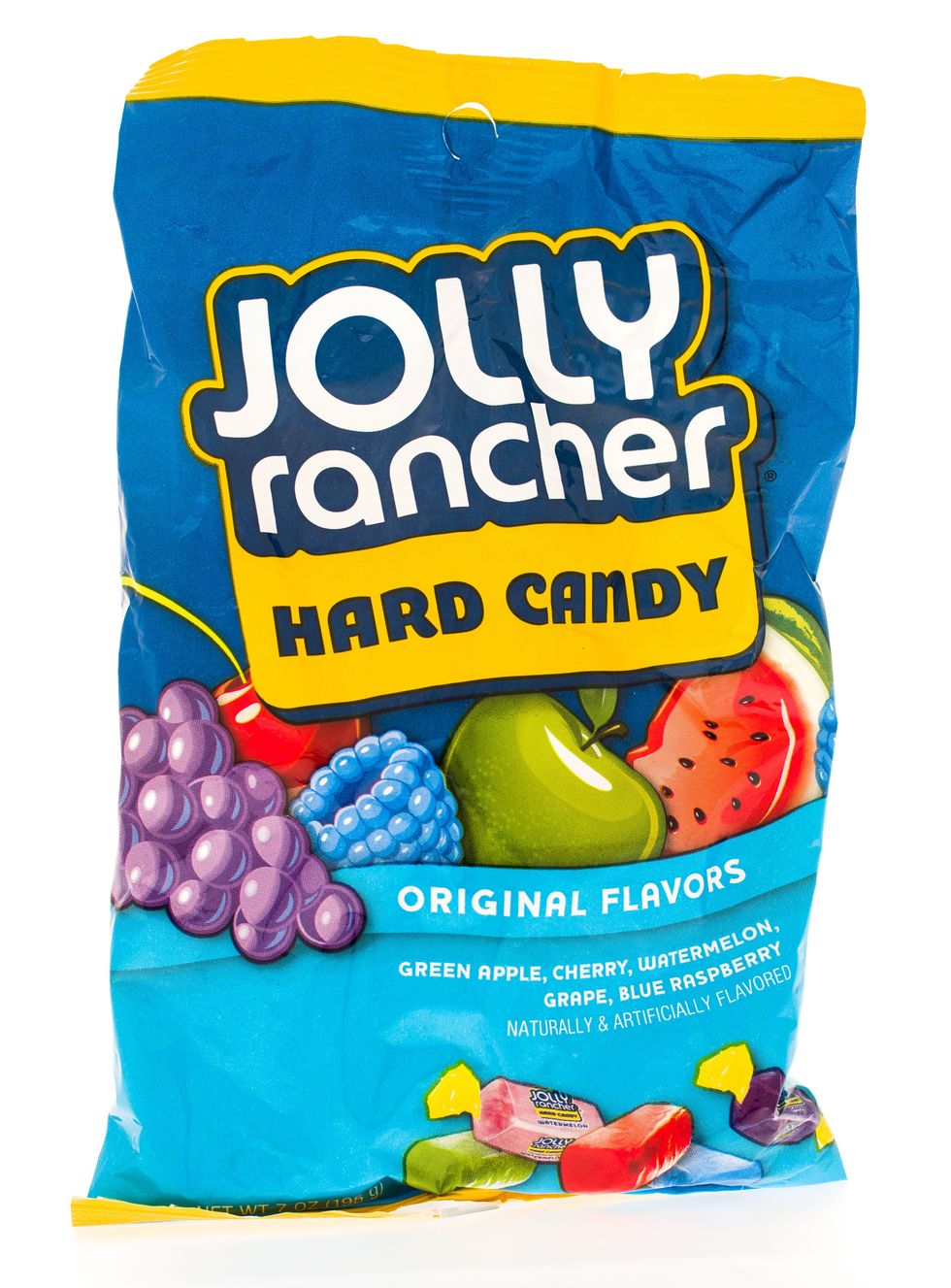 Consumers are advised not to eat them and to dispose of them safelyiStock
Consumers are advised not to eat them and to dispose of them safelyiStock








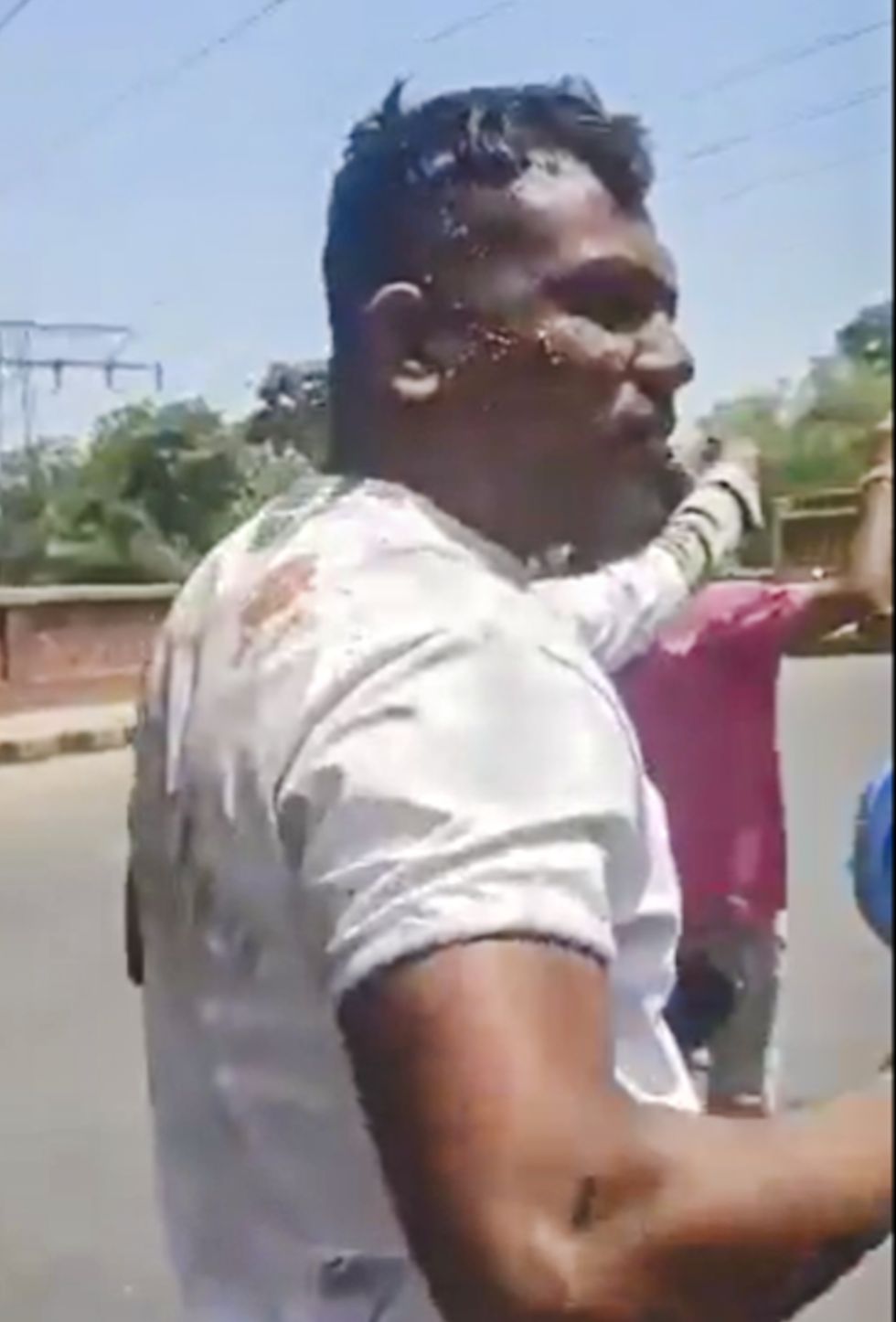 Vishwash Kumar Ramesh, survivor of the Air India plane crash, in Ahmedabad. (PTI photo)
Vishwash Kumar Ramesh, survivor of the Air India plane crash, in Ahmedabad. (PTI photo)
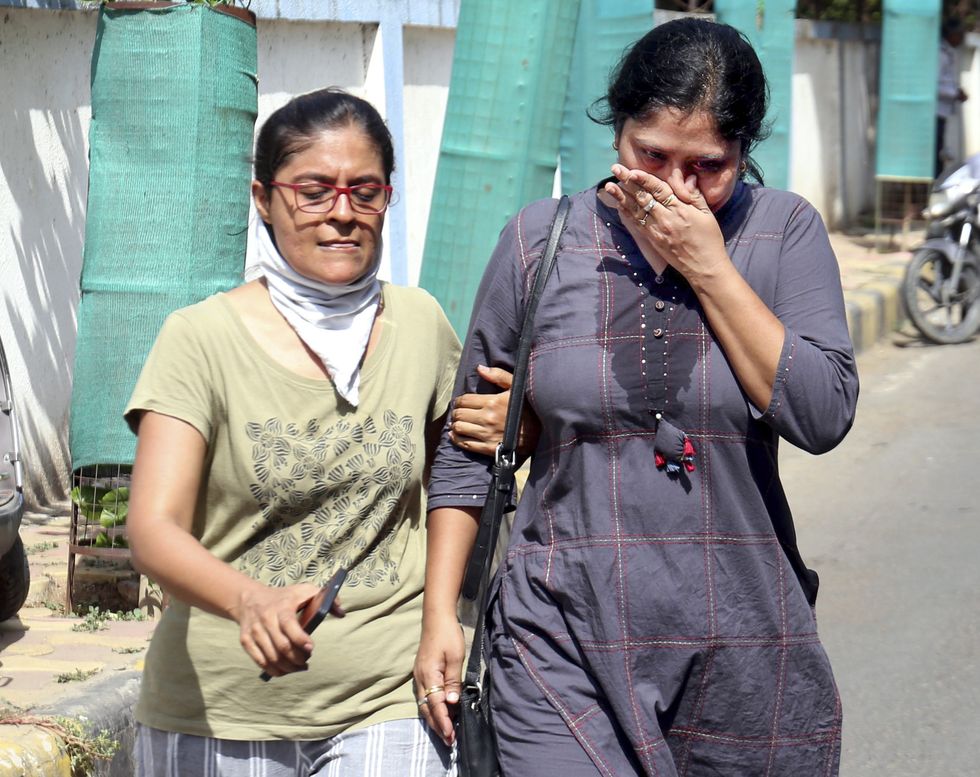 Passengers included 217 adults, 11 children and two infants (PTI photo)
Passengers included 217 adults, 11 children and two infants (PTI photo)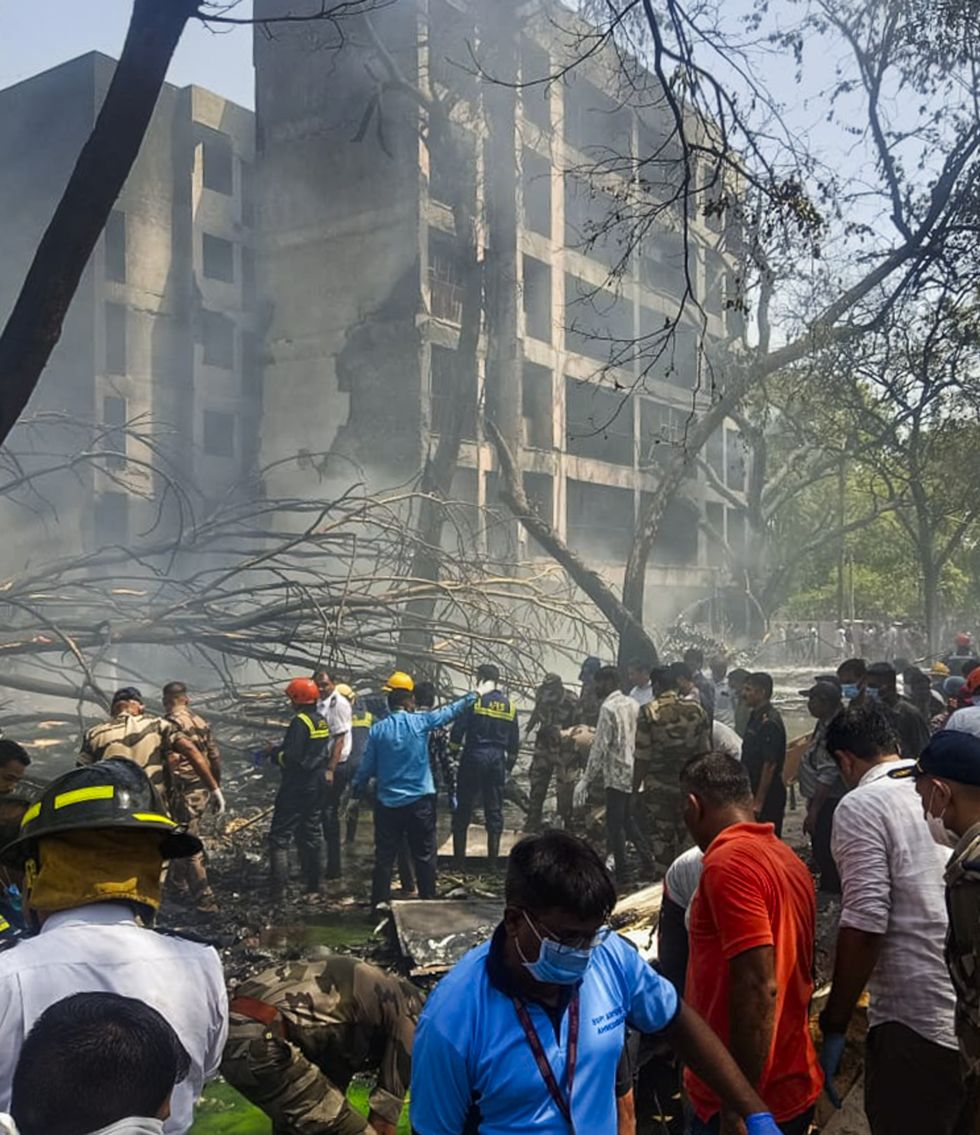 People stand near the debris of the Air India plane that crashed in Ahmedabad (PTI photo)
People stand near the debris of the Air India plane that crashed in Ahmedabad (PTI photo)
 Damage at a building after an Air India plane crashed moments after taking off from the airport, in Ahmedabad. (PTI Photo)
Damage at a building after an Air India plane crashed moments after taking off from the airport, in Ahmedabad. (PTI Photo) 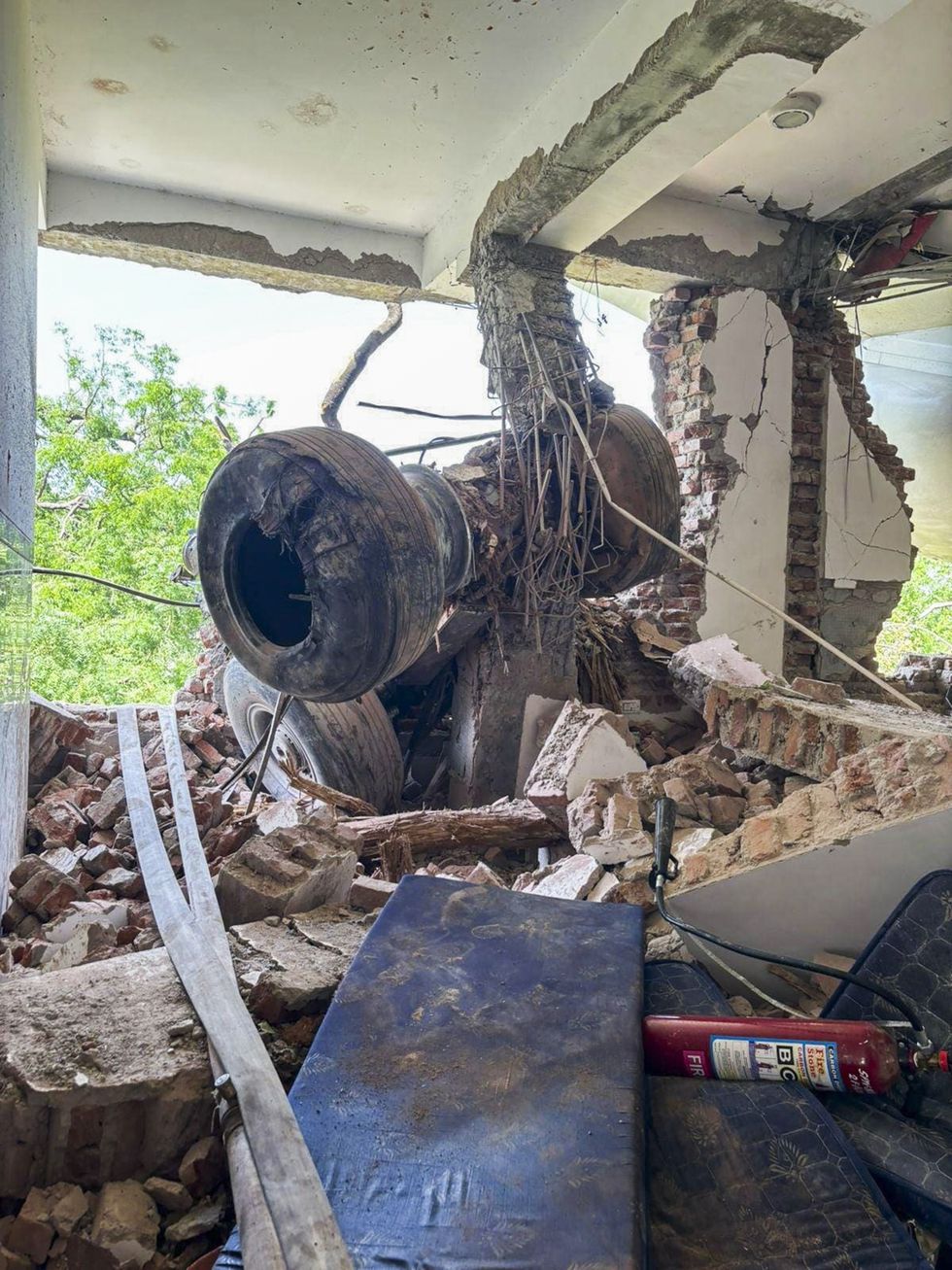

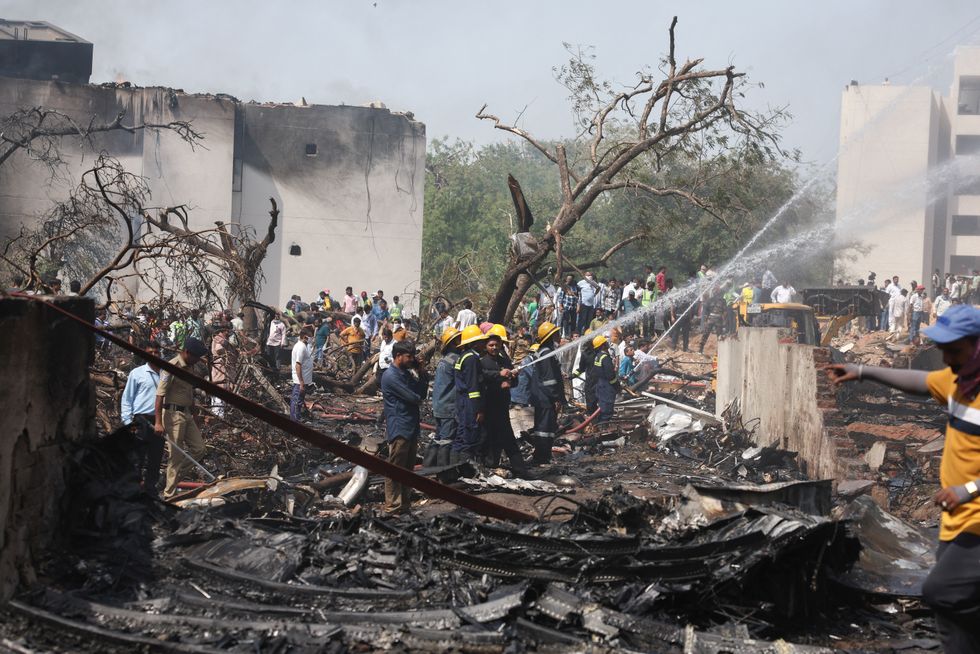 People gather near a damaged building and trees as firefighters work at the site where an Air India plane crashed in Ahmedabad, India, June 12, 2025. REUTERS/Amit Dave
People gather near a damaged building and trees as firefighters work at the site where an Air India plane crashed in Ahmedabad, India, June 12, 2025. REUTERS/Amit Dave